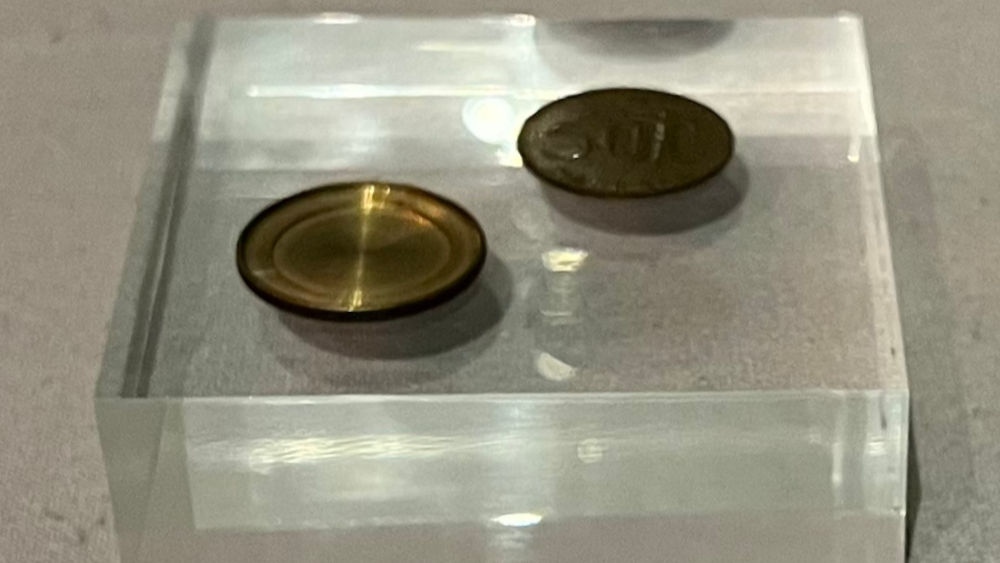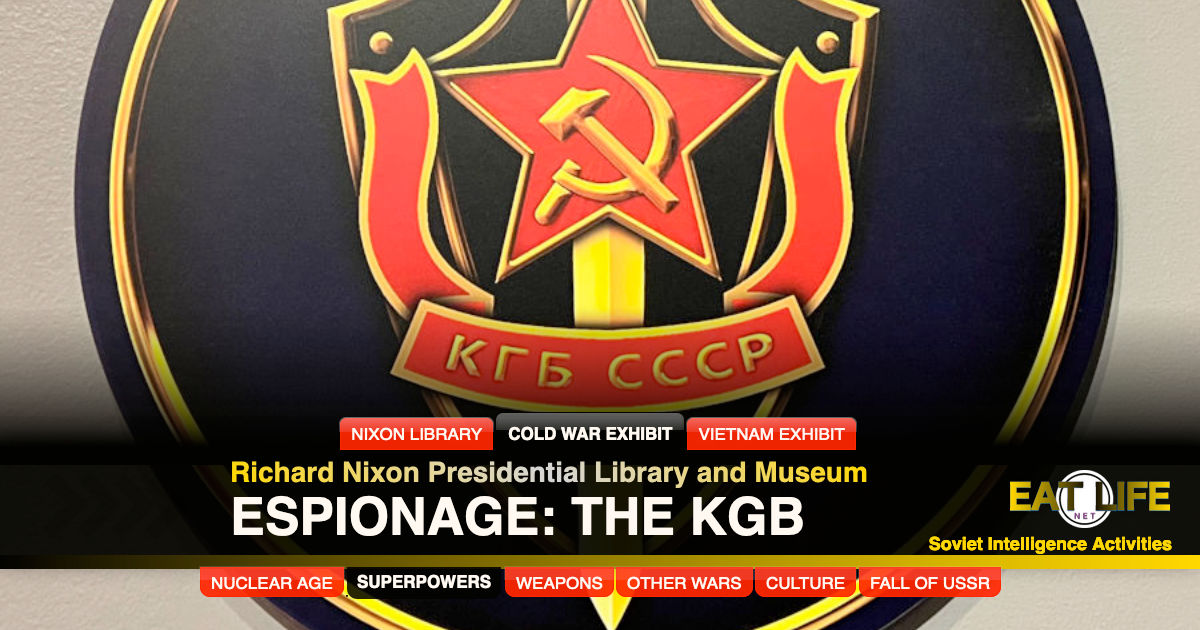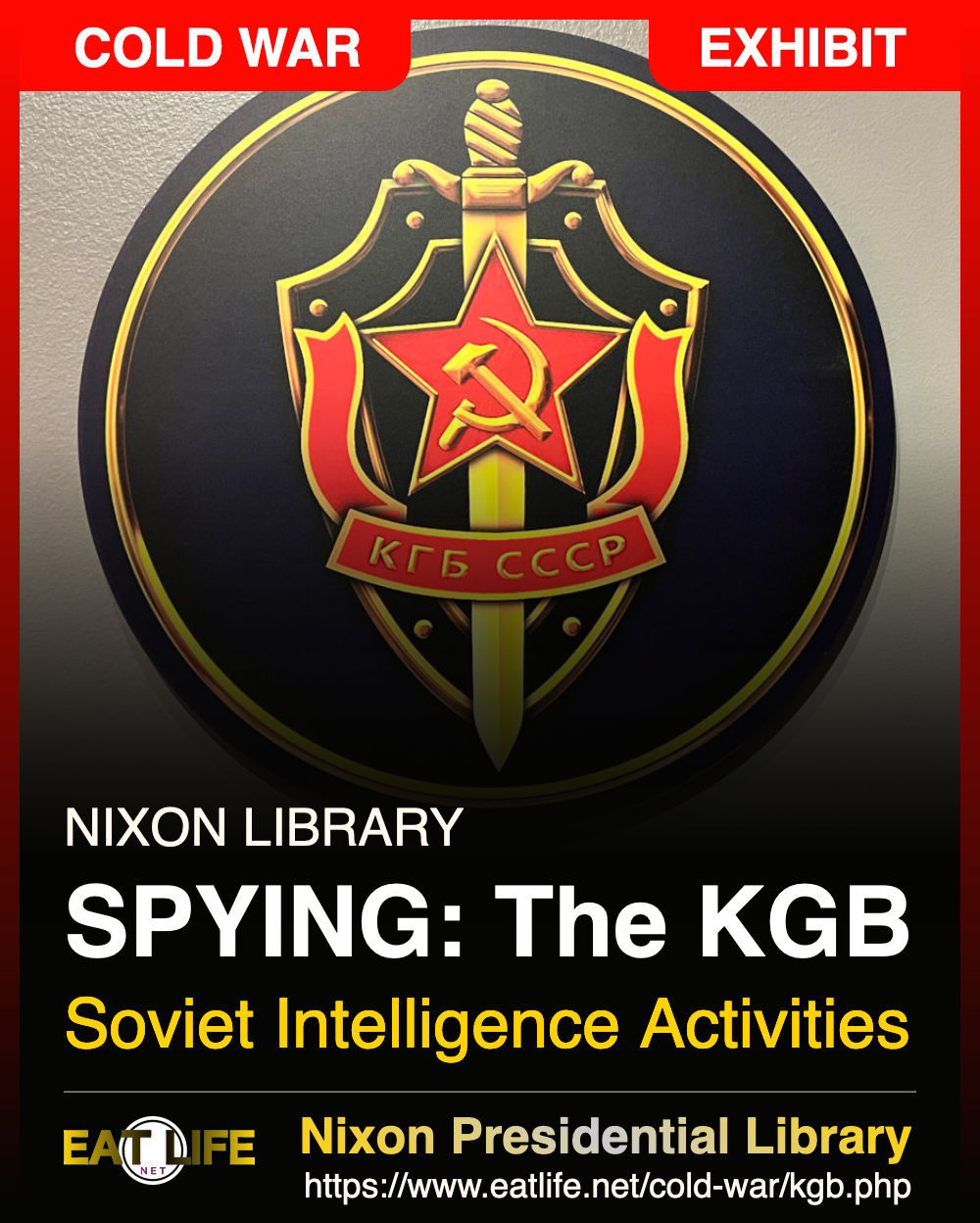Although these agencies had many different names over the years, their mission was the same: to identify, arrest, and often execute so-called "enemies of the state." The first two Soviet leaders, Vladimir Lenin and Josef Stalin, used their secret police agencies to carry out brutal reigns of terror to eliminate any opposition to their leadership over the course of their 35 years in power.
By 1953, when Stalin died, millions of people had been killed, imprisoned, or sent to forced labor camps (Gulags), without the benefit of a fair trial. Those who suffered at the hands of the KGB and its predecessor agencies included everyone from scientists, writers, and artists, to ethnic minorities, and ordinary citizens.
In 1954 the KGB was established. As both a secret police agency and a spy organization, the KGB became feared both inside the Soviet Union and in the Soviet client states in Eastern Europe, as well as in foreign countries.
During the Soviet era, one longtime head of the KGB became the leader of the Soviet Union. Yuri Andropov, who led the KGB from 1967 - 1982, was chosen leader of the U.S.S.R. after the death of Leonid Brezhnev, cementing the KGB's long-standing influence on the Soviet government.
The current president of Russia, Vladimir Putin, was a KGB agent from 1975-1991.
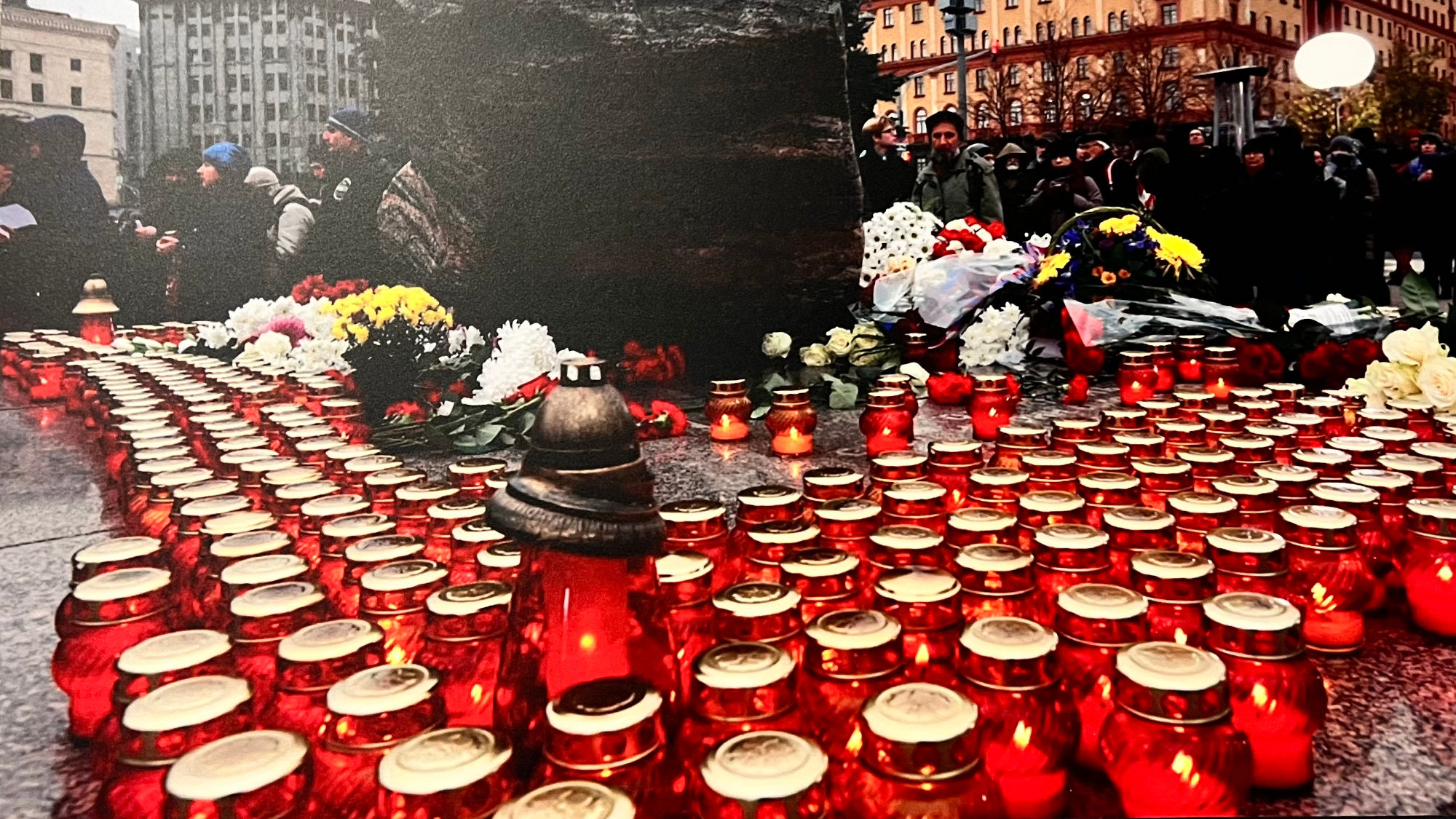
Solovetsky Stone
- Completed in 1991, the Solovetsky Stone is a monument to the victims of political repression in the Soviet Union.
The KGB was a feared organization both internationally and inside the Soviet Union and in its client states. Its headquarters in Moscow, in a building on Lubyanka Square, also housed political prisoners. "Lubyanka" became synonymous with brutal interrogation, torture, and the execution of domestic and foreign "enemies" of the Soviet Union.
After the fall of the Soviet Union, the KGB was disbanded. Today, a memorial to the victims of the KGB, and its predecessor intelligence agencies, stands outside the former headquarters of the KGB. The inscription on the Memorial begins, "During the years of terror, over 40,000 people were shot in Moscow on groundless political charges."
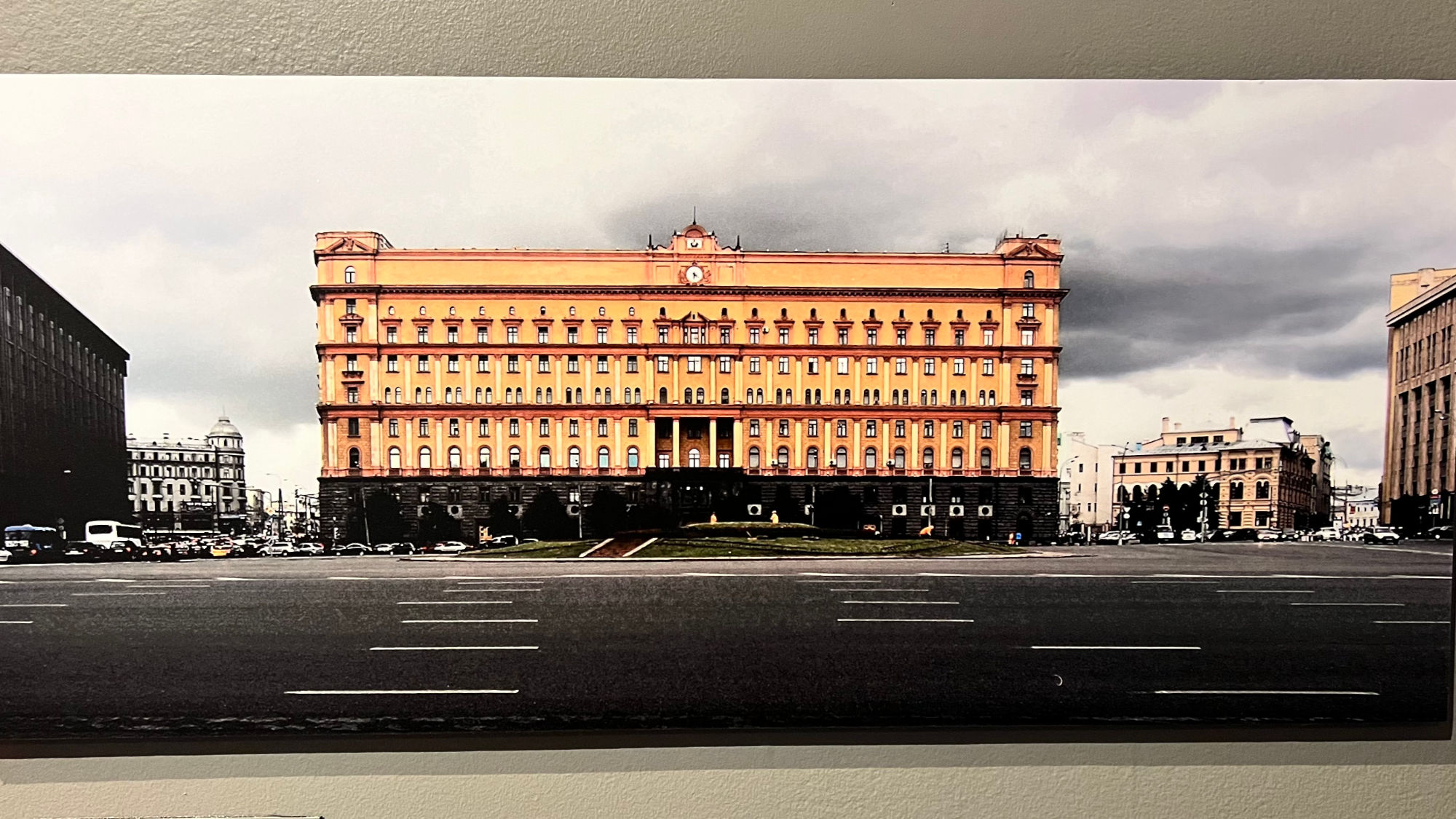
Lubyank Building
- Located in the Meshchansky District of Moscow, the Lubyanka Building was the headquarters of the KGB/
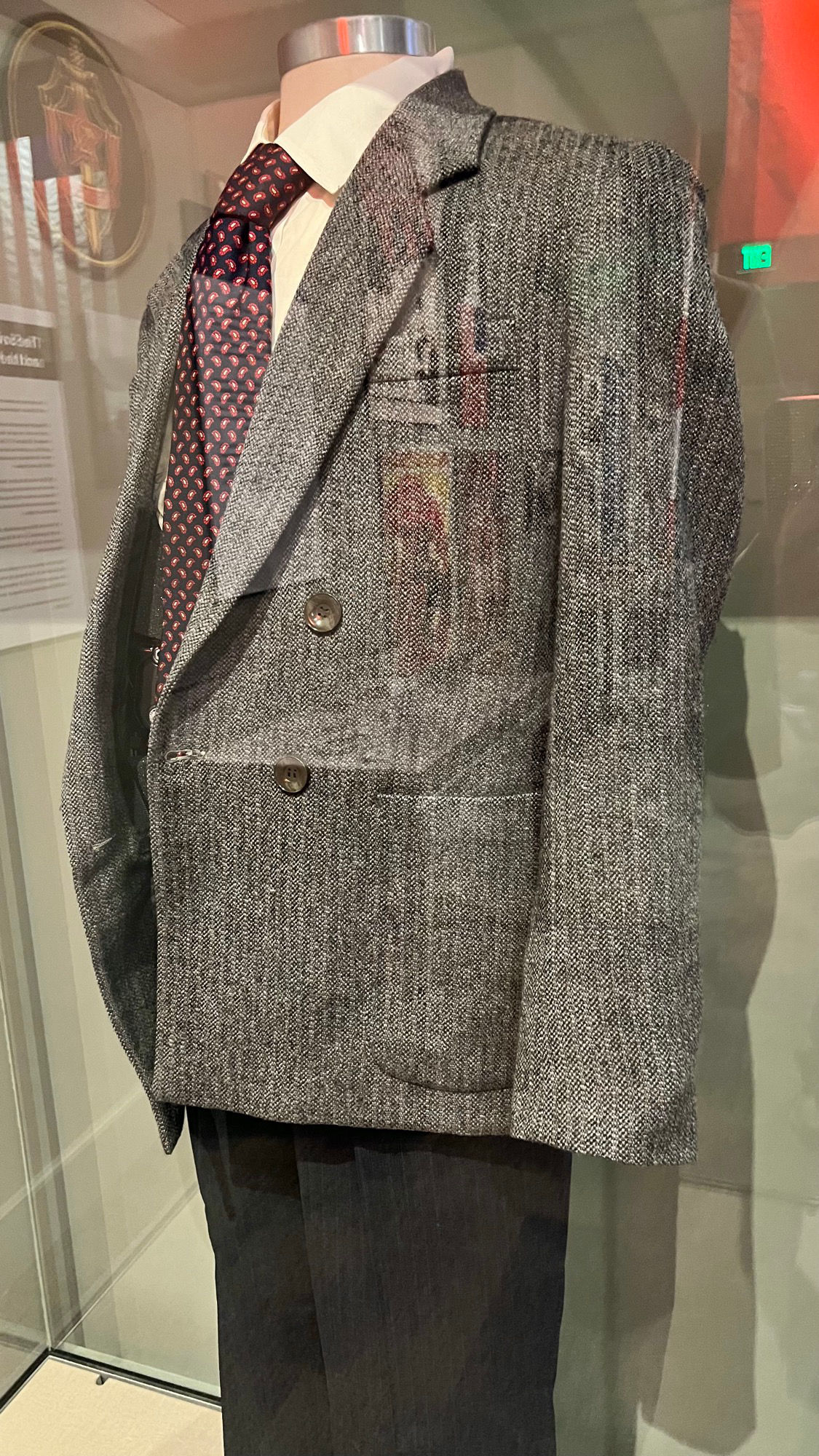
KGB Jacket
- Men's wool blazer contains a concealed F-21 camera.
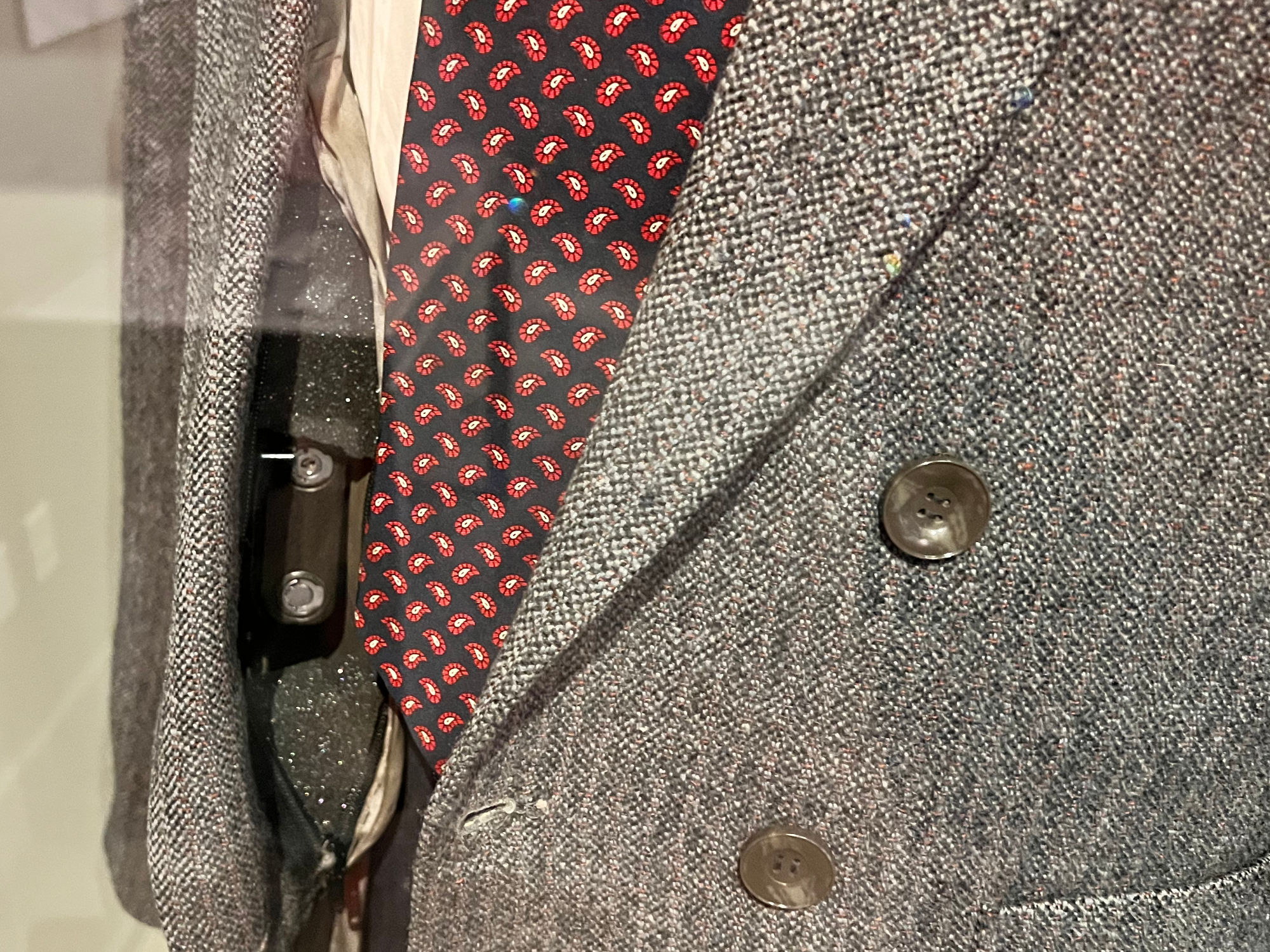
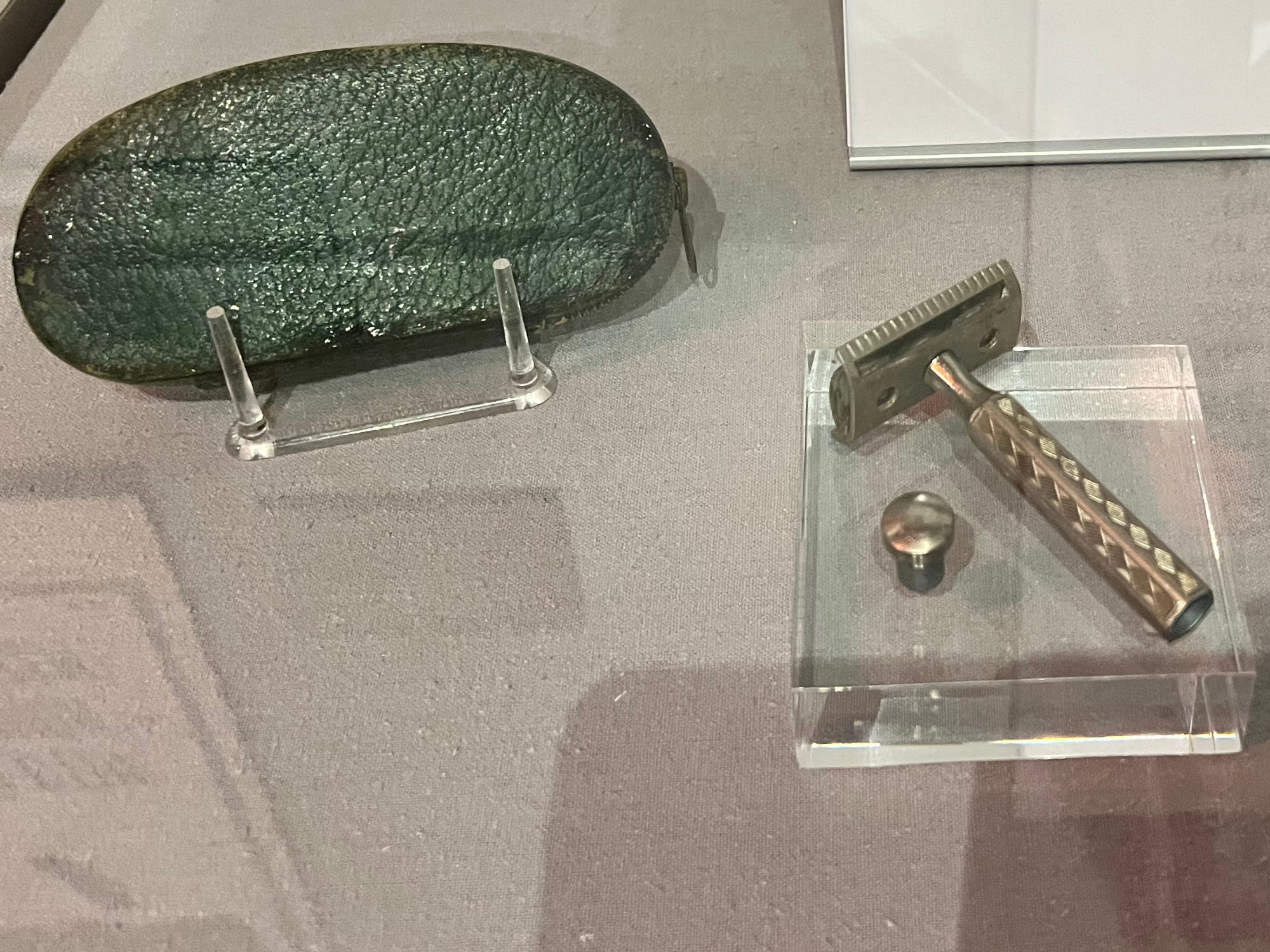
Shaving Set
- KGB issue travel shaving kit circa the 1950s - 1960s.
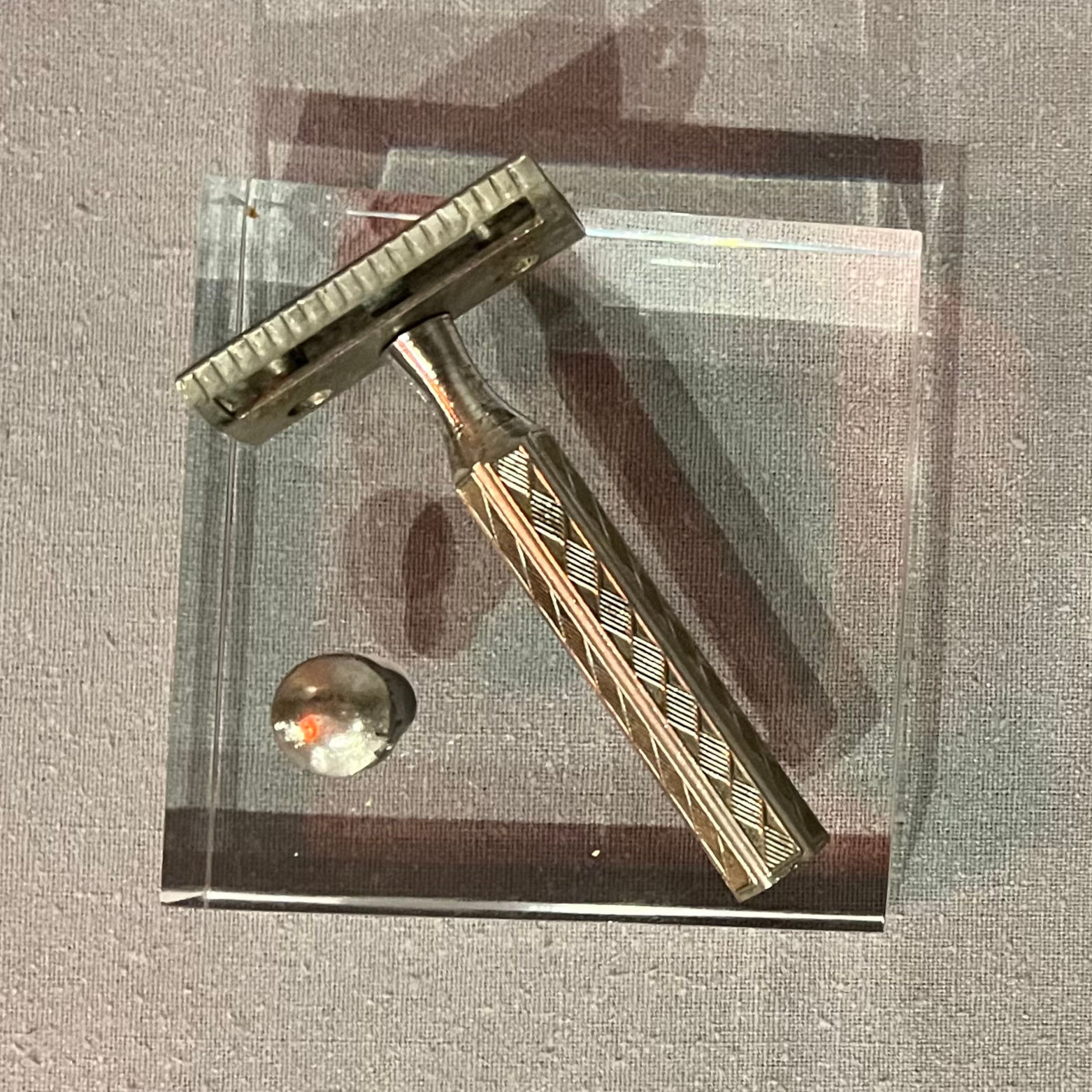
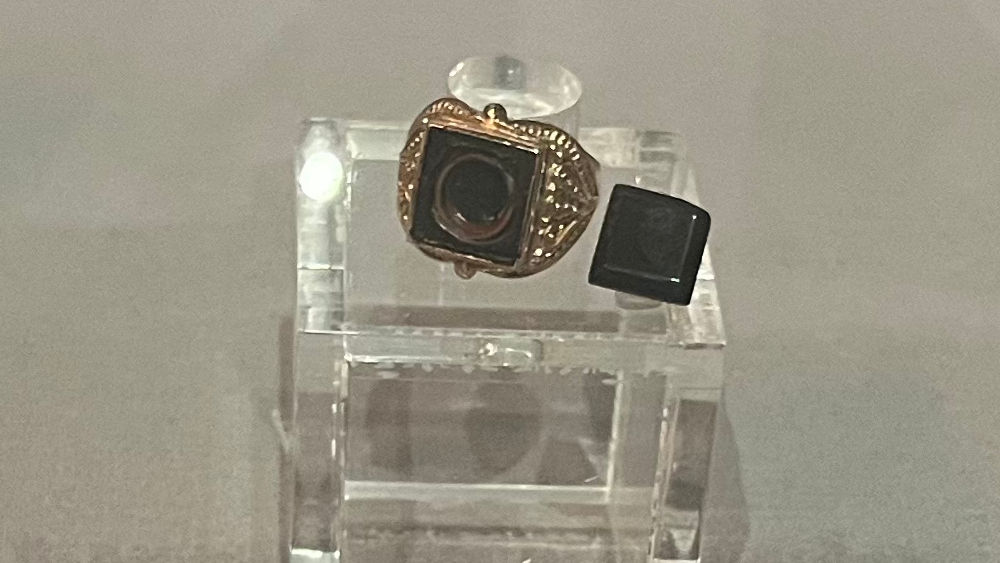
Concealment Ring
- Metal ring with square, black glass stone, and beveled edges issued circa 1950-1989.
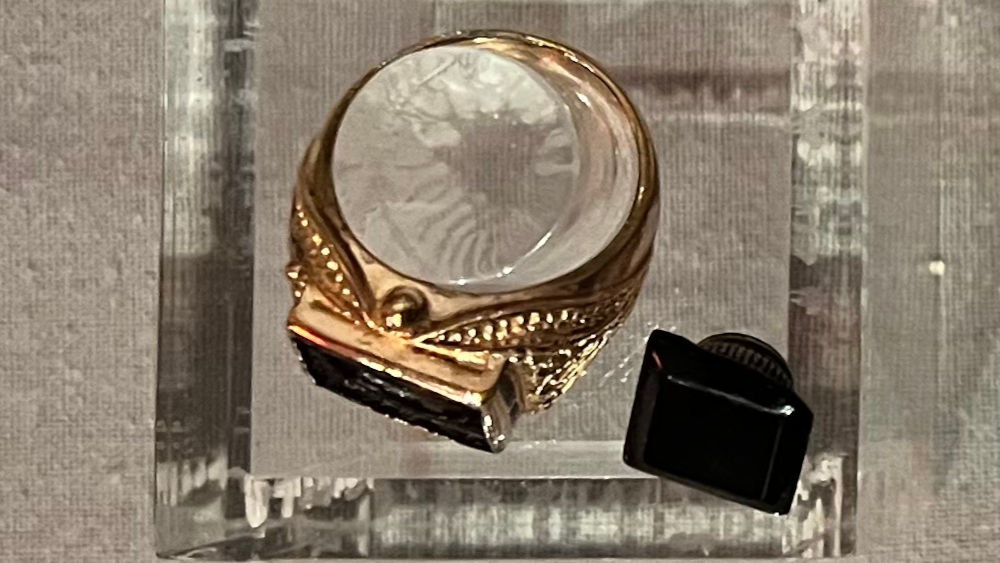
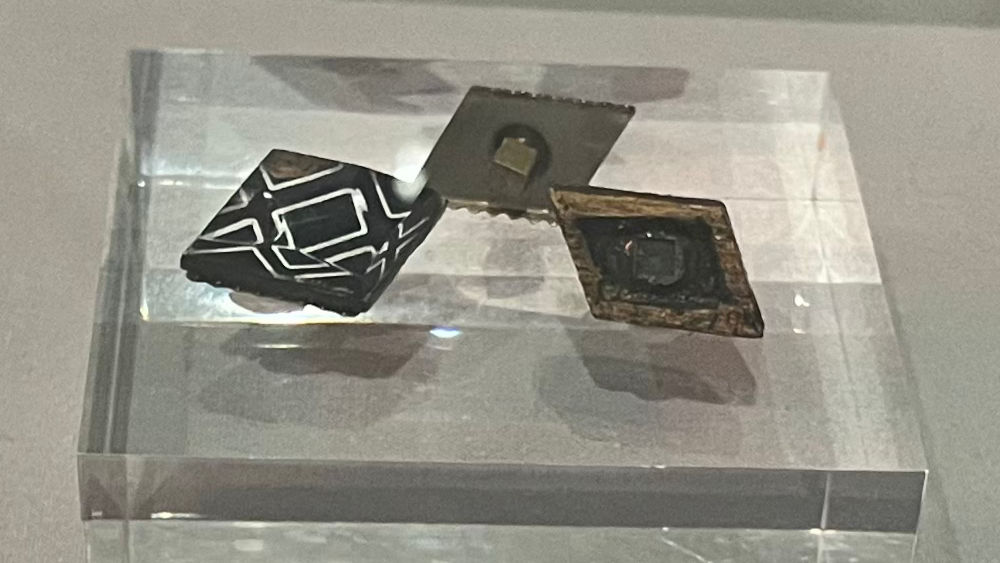
Cufflinks
- Pair of glass and wood cufflinks issued circa 1955.
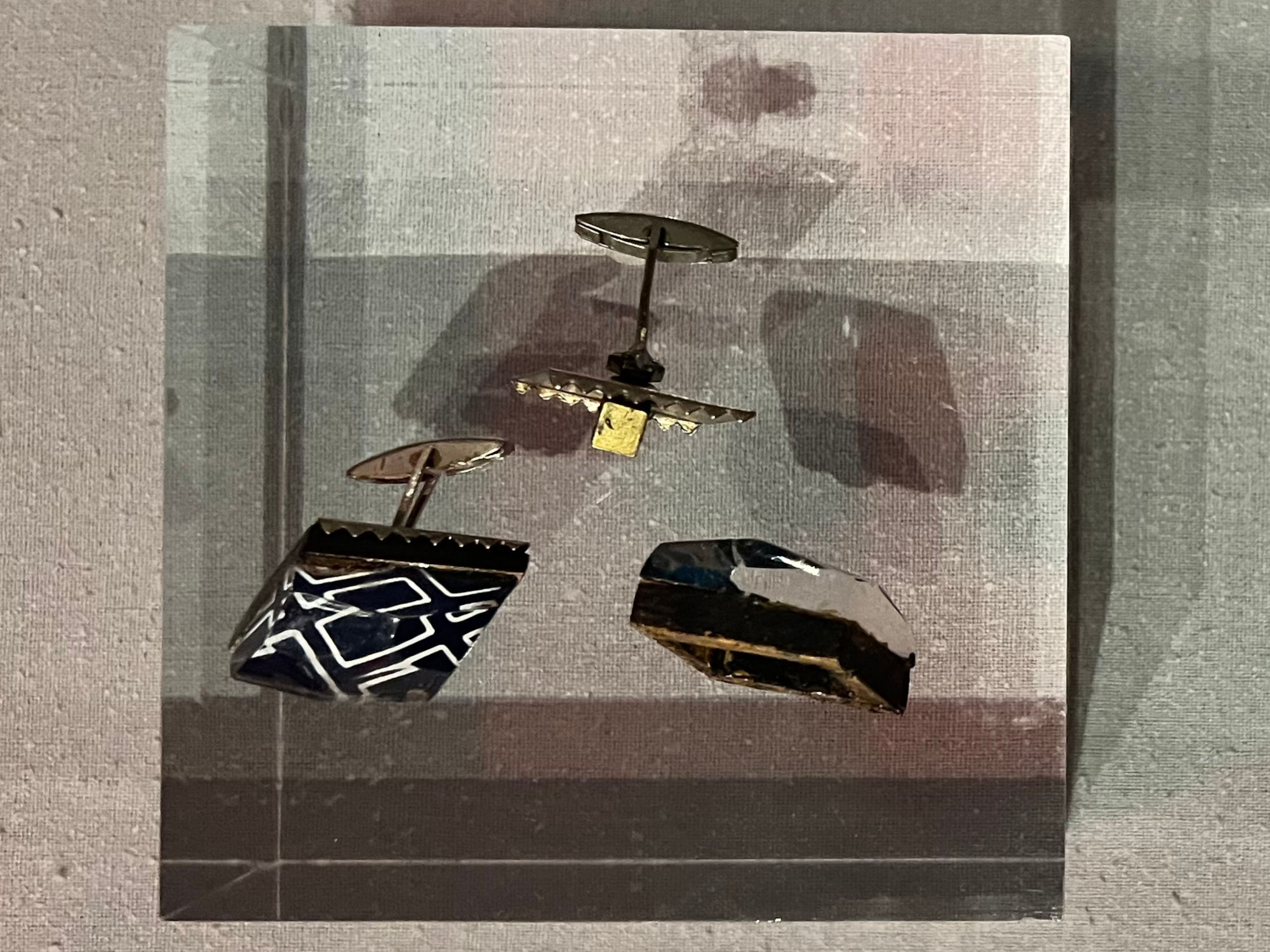
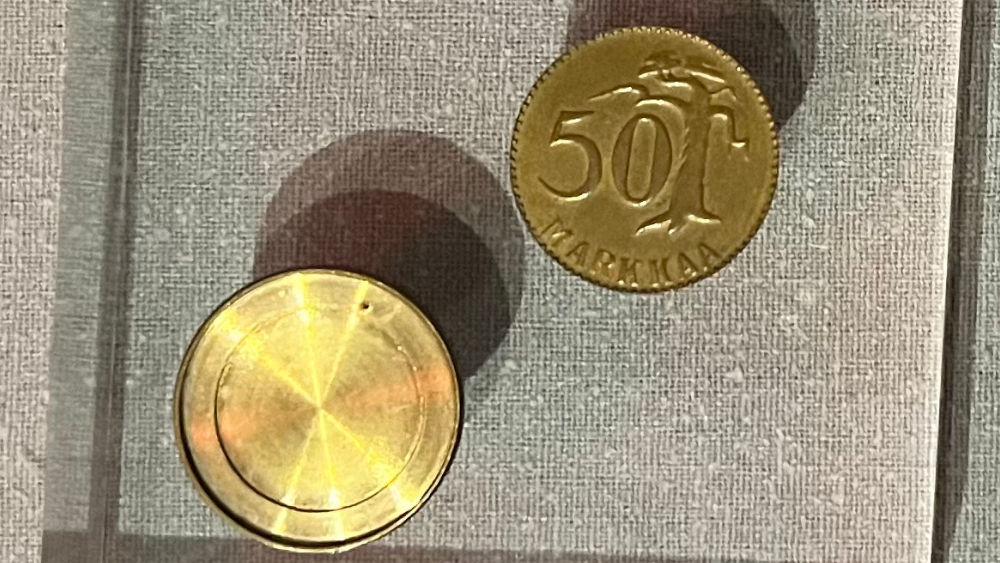
Finnish Coin
- Finnish 50 markkaa coin, dated 1953
